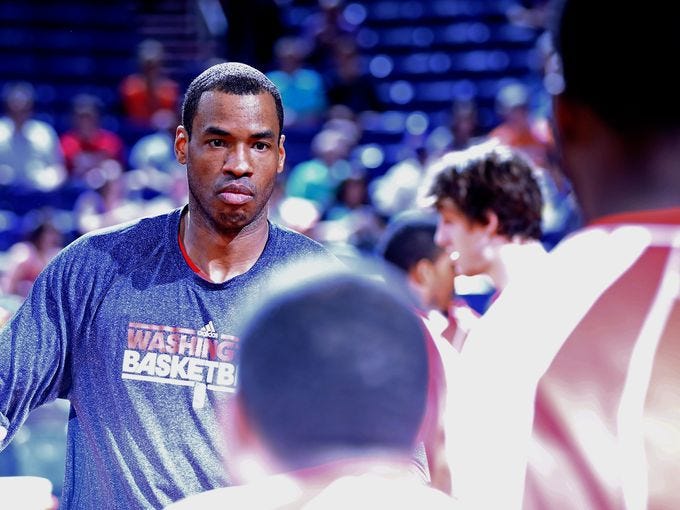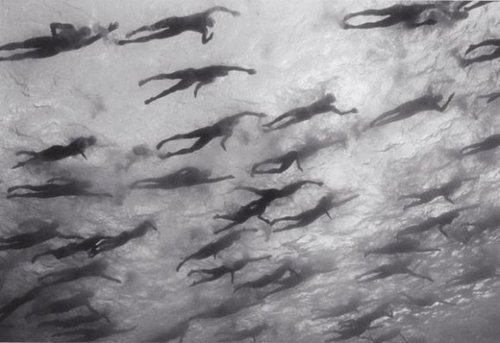This May I had the chance to write exhibition texts for two shows in Toronto. Both shows are still up if you’re in the city and have a chance to check them out.
The first is Hazel Meyer‘s The One About Baby at Open Studio. The text is available online here (PDF).
With the works shown in The One About Baby, Hazel Meyer explores disparate objects and moments united by her method of drawing-as-care for what is devalued or unnoticed. Documenting the eroticism of “minor” events in the artist’s life and reading practice, this work emerges as a pervert’s archive of throwaways—outdated ads, old porn magazines, pin-buttons, empty plastic bottles, discarded lesbian comic books, cut-off hair—rescued by drawing and insisted upon through the creation of prints.
The second text is for Karen Kraven’s Flip Flop, Punch Front at Mercer Union, which gave me the chance to write about gymnastics uniforms. It’s available online here (PDF).
The gymnastics leotards in Flip Flop, Punch Front are also devoid of bodies, stretched in ways that discourage potential wearers. Shannon Miller and her peacock-like hand gestures are nowhere to be found; instead the garments are willfully still. Sara Ahmed has described the peculiar relationship between gymnastics and the will: more than any other sport perhaps, gymnastics is training through which limbs are finely shaped by an athlete’s ability to control their muscles according to routine.[i] Gymnastics leotards are containers for all that will; without muscle and movement stretching their contours, they lose some of their essential leotard-ness, becoming something else altogether. Like Jordan’s wingspan and Rigby’s splits, a leotard is the potential to be stretched, constructed in proportions much smaller than the bodies they cover. Anyone who has squeezed into a leotard will be familiar with the compression-anxiety of confronting an impossibly tiny garment on its hanger: “That thing is going to fit over me?” Kraven’s uniforms are displayed in various states of stretch and repose, but these accommodations have not been made for a body.
[i] Sara Ahmed, Willful Subjects (Durham NC: Duke University Press, 2014), 83.






